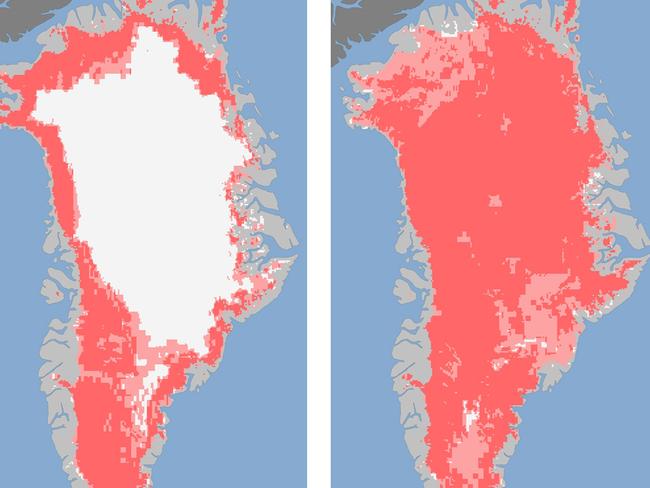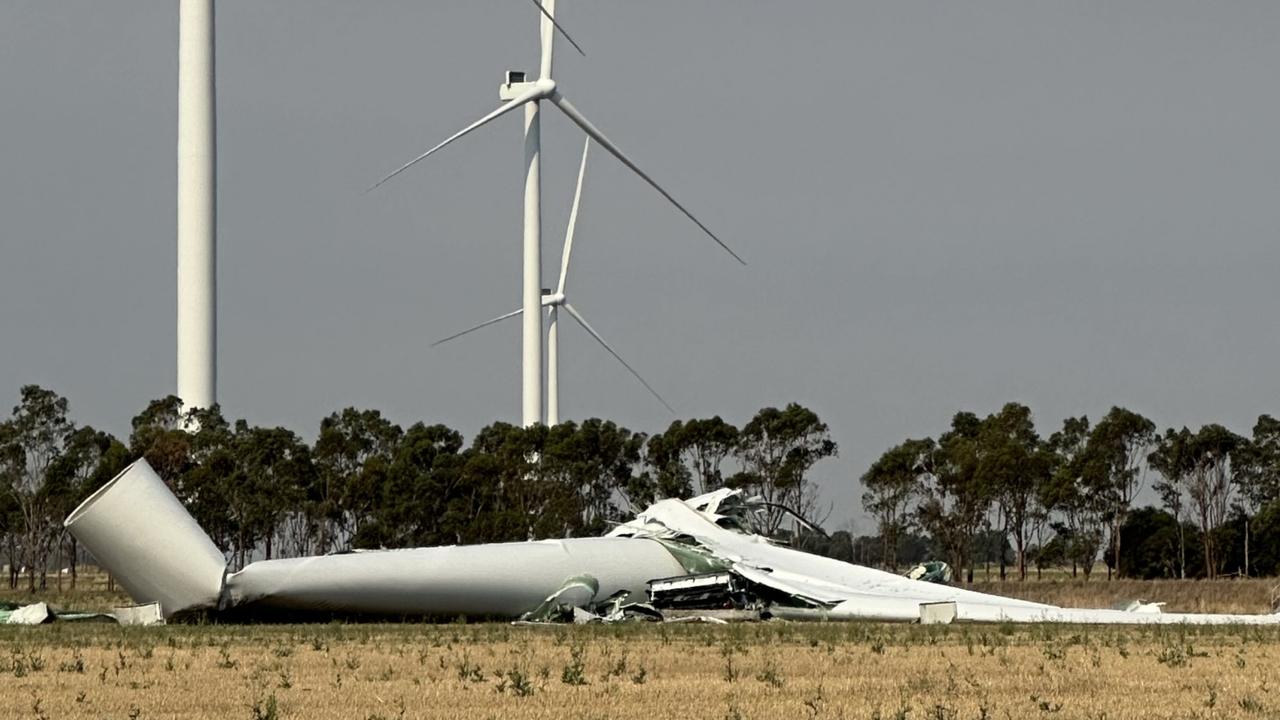Climate crisis: Oceans and polar zones set to unleash hell
Heatwaves, melting glaciers and ice sheets, rising sea levels, food supply issues, dangerous toxins in our drinking water ... a new report due soon on the climate emergency paints a grim picture of our future.

Climate Change
Don't miss out on the headlines from Climate Change. Followed categories will be added to My News.
Humanity should brace itself for some serious blowback over this century and beyond from the oceans and Earth’s frozen zones, known as the cryosphere, according to the draft of a major UN report.
Our longtime habit of loading the atmosphere with planet-warming CO2 has spawned a host of consequences, starting with irreversible sea-level rise, according to the Intergovernmental Panel on Climate Change (IPCC) “Special Report”.
Here are key points from the draft Summary for Policymakers, slated for release in Monaco on September 25.
OCEANS: The ocean has absorbed about a quarter of manmade greenhouse gases since the 1980s and more than 90 per cent of the extra heat they generate in the atmosphere. As a result, it has become warmer, more acidic, and less salty.
OXYGEN: The concentration of life-giving oxygen in marine environments has dropped two per cent in 60 years, and is on track to lose another 3-4 per cent by 2100 at current rates of carbon pollution.
HEATWAVES: The frequency, intensity and extent of marine heatwaves like those that devastated Australia’s Great Barrier Reef have all increased, with ocean hot spells twice as likely today as during the 1980s. Globally, the corals upon which half-a-billion people depend for food and protection are unlikely to survive surface warming of two degrees Celsius above pre-industrial levels. The planet has warmed 1C so far.

EL NINOS: A doubling in the frequency of extreme El Ninos -- which drive forest fires, cause disease outbreaks and affect cyclones -- is expected if emissions are not cut.
SEA LEVEL: The ocean watermark will rise for centuries no matter what action humanity takes. Compared to the late 20th-century, seas will likely rise some 43 centimetres by 2100 if global warming is capped at 2C, and 84cm on current trends, which would see the world warm 3C to 4C.
In the absence of major adaptation efforts, annual flood damage caused by sea level rise is expected to increase 100 to 1,000 fold by 2100.
In the 22nd century, the pace of sea level rise is likely to increase 100 fold from 3.6 millimetres per year today to “several centimetres” annually.
FOOD: Food supply from shallow tropical waters could decline by 40 per cent by 2100 due to warming, temperature stratification and acidification.
ADAPTATION: Rising seas will force all coastal regions to adapt, with rich nations more likely to provide protection to their seaside megacities than developing ones, where poorer people will struggle with impacts or retreat to high ground as climate refugees.
Without adaptation, rising seas associated with a 2C warmer world could displace 280 million people. Many low-lying megacities and small island states will experience extreme sea level events every year by 2050 under all emissions scenarios.
WETLANDS: Globally, 20 to 90 per cent of coastal wetlands are projected to be lost by 2100, depending on sea level rises.
MORE: Seven Plan Bs to rein in global warming
MORE: Invisble water crisis threatens us all
MORE: Images of beauty hide scary truth

ICE SHEETS: Earth’s two ice sheets, sitting atop Greenland and Antarctica, have shed on average more than 430 billion tonnes of mass each year since 2006, becoming the main driver of sea level rise.
GLACIERS: Average annual runoff from glaciers in most mountain regions will have peaked and begun to decline by 2100. Worldwide, more than two billion people today depend on glaciers for freshwater.
Low-altitude glaciers -- such as in Central Europe, the Caucasus, North Asia, Scandinavia -- are projected to lose more than 80 per cent of their current mass by 2100.
PERMAFROST: A third to 99 per cent of the world’s top-layer permafrost -- to a depth of about three metres -- could also melt by 2100 if carbon pollution continues unabated, potentially releasing a carbon bomb of greenhouse gases. If emissions are aggressively capped, the area thawed could be reduced to as low as two per cent.
About 20 per cent of Arctic land permafrost is vulnerable to abrupt permafrost thaw and ground subsidence.
HEAVY METAL: The amounts of toxic mercury and other “legacy contaminants” in drinking water are expected to increase with the melting of glaciers and permafrost, which may store nearly 800,000 tonnes of mercury -- twice the amount found in all other environments combined.
SNOW: Mountains are expected to lose a lot of snow cover, with far-reaching impacts for agriculture, energy supply and tourism.



